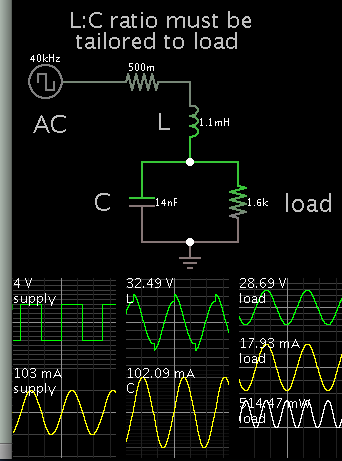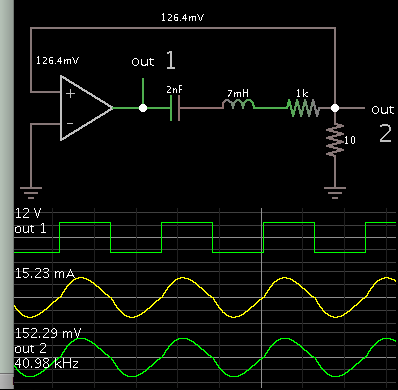hoalieuo
Newbie level 2

I want to generate a pulse that have frequency 40khz and amplitude 20VPP to MA40s4s ultrasonic sensor operate. I use raspberry to generate pulse 40khz-5Vpp then using a IC CD4049BE to boost it into 20vpp as in the below figure. I have encountered the problems is that when i not insert sensor into circuit is waveform is very good ( as the left figure) but when i insert sensor, waveform is noised as in figure (as the right figure). I have doubt about matching for ultrasonic so I using a vary resistor 500kohm replace R9 in the circuit to change output impedance but everything still not change. Please give me how to resolve this problem.






